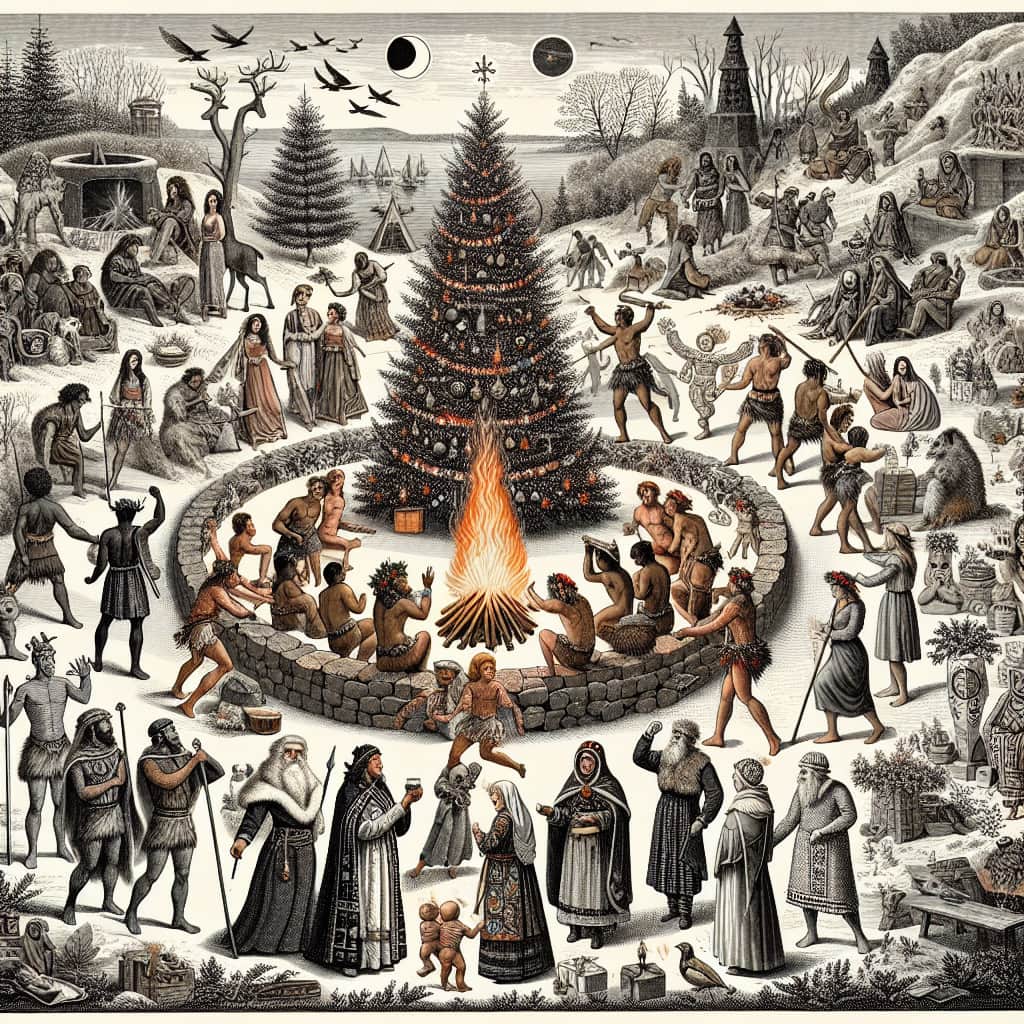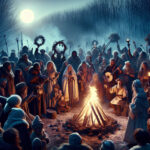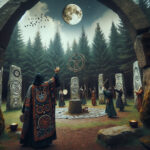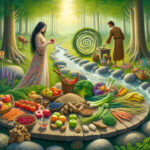Christmas is a holiday celebrated by billions of people around the world. Although the celebration has Christian roots, the modern holiday is actually steeped in ancient pagan rituals. This article will explore the pagan origins of this beloved holiday and how these traditions have been adapted over time to become the holiday we celebrate today.

Christmas is a popular holiday celebrated around the world. While many of us know it as a time of gift-giving and joy, its origins may surprise you. Although modern Christmas celebrations include many Christian elements, the holiday’s roots are actually pagan in nature. In this article, we’ll explore the pagan origins of Christmas and how they have shaped modern-day traditions.
Pagan Celebrations and Customs
Pagans have been celebrating religious holidays for centuries. These celebrations often mark the changing of the seasons and honor various gods and goddesses. In the Northern Hemisphere, winter solstice occurs in late December. This is the shortest day of the year and marks the start of the winter season. Ancient pagans celebrated this day with festivals of light, music, and dancing. This festival was known as Yule and was celebrated from December 21st to January 1st.
The History of Yule
Yule was a popular celebration throughout Europe and Scandinavia. It was believed that the gods and goddesses would bring good luck and fortune to those who celebrated. Fires were lit to honor the sun god and to ward off evil spirits. Evergreen trees were decorated with ornaments to signify the arrival of spring. Feasts were held, and gifts were exchanged in honor of the gods and goddesses.
Yule and Christmas
As Christianity spread across Europe, pagan festivals were incorporated into the Christian calendar. Yule was no exception. In the fourth century, Pope Julius I declared December 25th the official date of Christmas. This date was chosen to coincide with the pagan celebration of Yule.
Many of the traditions associated with Christmas have their roots in pagan celebrations. For example, the evergreen tree was a symbol of life and fertility in pagan cultures. Decorating an evergreen tree to celebrate the winter solstice was a popular tradition. This tradition was later adopted by Christians and is still practiced today.
Modern-Day Celebrations
Today, Christmas is celebrated around the world. Although the holiday has its origins in pagan celebrations, modern-day customs and traditions are heavily influenced by Christianity. For example, Christmas is celebrated on December 25th, the day that Pope Julius I declared the official date of Christmas. Christmas trees, decorations, and gift-giving are also popular traditions that were adopted from pagan celebrations.
Conclusion
Christmas is a popular holiday that is celebrated around the world. While many of us associate it with Christian customs, its origins can actually be traced back to pagan celebrations. Yule was a popular pagan festival that celebrated the winter solstice and honored various gods and goddesses. As Christianity spread across Europe, Yule was incorporated into the Christian calendar and many of its traditions were adopted. Today, Christmas is celebrated on December 25th and many of its customs are derived from pagan celebrations.
The Pagan origins of Christmas are deep-rooted and complex. While the holiday is celebrated in many different ways around the world, its roots can be traced back to ancient pagan festivals. Christmas traditions such as the Yule log, gift-giving, and the evergreen tree all have their origins in pagan celebrations. Although the holiday has been adapted to fit the Christian faith, its pagan roots remain an important part of the Christmas celebration. The Pagan origins of Christmas remind us of the rich cultural history that has shaped the holiday as we know it today.





